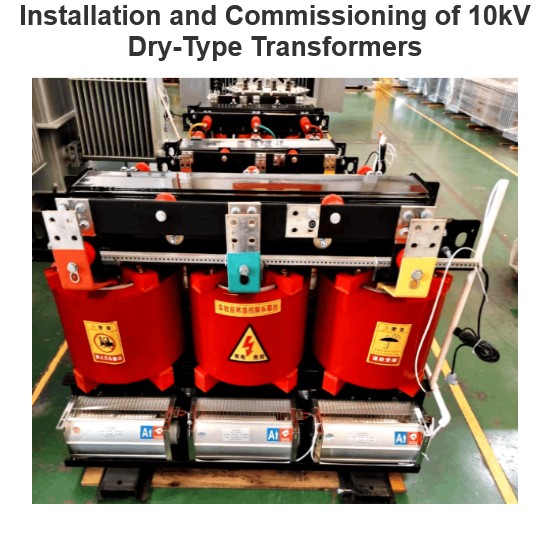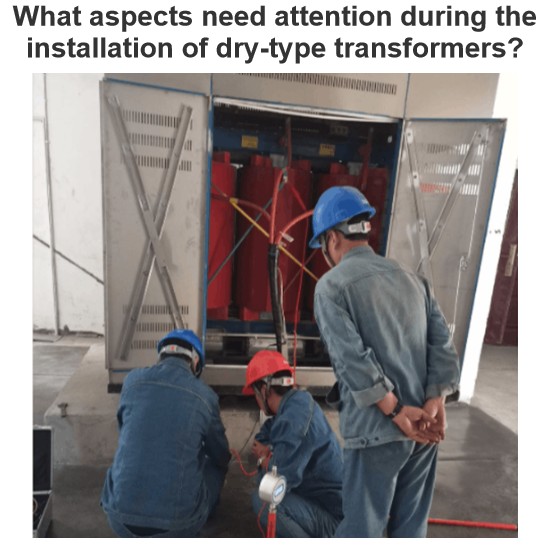How do I enhance transformer efficiency through oil purification?
How to Improve Transformer Efficiency Through Oil Purification
Improving transformer efficiency through oil purification is a critical maintenance measure that can extend equipment life, reduce failures, and enhance overall performance. Below are detailed steps and methods:
1. Understanding the Role of Transformer Oil
Transformer oil serves several key functions:
Insulation: Provides electrical insulation to prevent short circuits between windings.
Cooling: Absorbs heat and dissipates it through radiators to keep the transformer within safe temperature limits.
Protection: Prevents oxidation and corrosion of internal components.
Therefore, maintaining clean and high-quality transformer oil is essential for sustaining efficient transformer operation.
2. Main Methods of Oil Purification
2.1 Filtration
Particle Filtration: Removes solid particles, metal shavings, and other impurities from the oil using filters or screens.
Microfiltration: Uses finer filter materials (such as cellulose paper) to remove smaller particles, typically those less than a few microns in diameter.
2.2 Dehydration
Vacuum Dehydration: Utilizes vacuum pumps to lower the vapor pressure of water in the oil, causing it to evaporate and be extracted. This method is highly effective in reducing moisture content to very low levels.
Centrifugal Separation: Uses high-speed rotation to separate water and suspended solids from the oil, suitable for situations with significant amounts of water and contaminants.
2.3 Degassing
Vacuum Degassing: Similar to dehydration, uses vacuum processing to remove dissolved gases, particularly hydrogen and oxygen, which can degrade the oil's insulating properties.
Hot Oil Flushing: Heats the oil to accelerate gas release and removes them via a vacuum system.
2.4 Regeneration Treatment
Adsorbent Treatment: Uses adsorbents (such as silica gel, activated alumina, or fuller's earth) to remove acidic substances and other harmful components from the oil, restoring its chemical stability.
Ion Exchange Resins: Removes acidic and alkaline pollutants from the oil, restoring its dielectric properties.
3. Regular Maintenance and Monitoring
3.1 Oil Quality Testing
Sampling Analysis: Regularly take oil samples for laboratory analysis to check key indicators such as moisture content, acid value, and dielectric strength.
Online Monitoring: Install online monitoring equipment to continuously monitor the oil's condition and promptly detect anomalies.
3.2 Oil Replacement or Supplementation
Partial Oil Change: When oil quality deteriorates significantly, perform partial oil changes gradually to replace old oil, avoiding the shock of a full replacement at once.
Supplementing New Oil: If the oil level is insufficient, promptly supplement with new oil that meets standards to ensure normal oil levels.
4. Practical Oil Purification Process
Here is a typical oil purification process:
Preparation:
Turn off the transformer power and ensure safety.
Prepare necessary equipment and materials, including oil purification machines, filters, absorbents, etc.
Connecting Oil Purification Equipment:
Connect the oil purification equipment to the transformer’s inlet and outlet ports, ensuring proper sealing and no leakage.
Starting Oil Purification Equipment:
Start the oil purification equipment and operate according to set parameters, including filtration, dehydration, and degassing steps.
Monitor the equipment's operating status to ensure all processes are functioning correctly.
Oil Quality Testing:
Take samples during and after the purification process to test oil quality, ensuring all indicators meet requirements.
Recording and Reporting:
Record all data from the purification process, including time, flow rate, pressure, temperature, etc.
Write a detailed report for future reference and evaluation.
5. Considerations
Safety: Follow safety protocols when performing oil purification to prevent accidents such as fires and explosions.
Environmental Measures: Handle waste oil in compliance with environmental regulations to avoid pollution.
Professional Operation: Ensure that trained professionals conduct oil purification to maintain operational standards and effectiveness.
6. Summary
Through regular oil purification operations, you can effectively remove moisture, gases, and impurities from transformer oil, restoring its insulating and cooling properties. This enhances the overall efficiency and reliability of the transformer, extending its lifespan and reducing failure rates, thereby ensuring stable operation of the power system.
The Electricity Encyclopedia is dedicated to accelerating the dissemination and application of electricity knowledge and adding impetus to the development and innovation of the electricity industry.













